Warfarin Purple Toe Syndrome
Warfarin purple toe syndrome. You can find more information about it from the following links. 5 It happens in patients with vascular atherosclerosis who are receiving the drug. Warfarin is an anticoagulant medicine blood thinner.
1 They described the development of bilateral purple discoloration of the feet in six patients who had been treated with warfarin or related compounds. Differential diagnosis includes warfarin necrosis and acral purpura as. Blood clots block the blood vessels and cause necrosis where an area of skin is destroyed.
Purple toe syndrome was initially described and associated with warfarin use by Feder and Auerbach in 1961. The purple toes syndrome is a rare complication of oral anticoagulant therapy. Purple toe syndrome is one of the rare side effects of warfarin.
It blocks the action of vitamin. Clinicians need to be aware as the ischaemic changes can have a significant impact on morbidity but are completely reversible if the condition is recognised early and warfarin is substituted early for alternative anticoagulation. Potential adverse reactions to Coumadin that may be precipitated by alternative medicines include fatal or nonfatal hemorrhage from any tissue or organ bleeding that occurs when the PTINR are falsely affected necrosis of the skin and other tissues and miscellaneous adverse reactions including hypersensitivityallergic reactions purple toe syndrome hepatitis jaundice elevated liver enzymes.
Purple toes syndrome is an extremely uncommon nonhemorrhagic cutaneous complication associated with warfarin therapy. It usually develops 3-8 weeks after the start of warfarin therapy and is characterized by development of painful purple lesions on the toes. Warfarin-related purple toes syndrome and cholesterol microembolization.
It is characterized by the sudden appearance of bilateral painful purple lesions on the toes and sides of the feet that blanch with pressure. Classically this condition occurs. The diagnosis of cholesterol microembolization was made by biopsy in three cases.
Recently I developed purple toes on my left foot. It is characterized by the sudden appearance of bilateral painful purple lesions on the toes and sides of the feet that blanch with pressure.
Purple toe syndrome is a recognised adverse effect of warfarin therapy.
The purple toes syndrome is a rare complication of oral anticoagulant therapy. Potential adverse reactions to Coumadin that may be precipitated by alternative medicines include fatal or nonfatal hemorrhage from any tissue or organ bleeding that occurs when the PTINR are falsely affected necrosis of the skin and other tissues and miscellaneous adverse reactions including hypersensitivityallergic reactions purple toe syndrome hepatitis jaundice elevated liver enzymes. You can find more information about it from the following links. The literature has described resolution of the ischaemic symptoms on withdrawal of the warfarin and switching to a low molecular weight heparin alternative. We present a case of an 82-year-old man with bilateral blanching vivacious toes and a livedo-reticularis type rash developing 2 weeks after being loaded with warfarin. Warfarin-induced skin necrosis affects one in every 10000 patients prescribed warfarin. The cardinal features they described were all present in our patient. Warfarin generic Coumadin is the only oral blood thinner available in the United States. It blocks the action of vitamin.
Purple toe syndrome is one of the rare side effects of warfarin. Purple toe syndrome is one of the rare side effects of warfarin. The purple toes syndrome is a rare complication of oral anticoagulant therapy. It is characterized by the sudden appearance of bilateral painful purple lesions on the toes and sides of the feet that blanch with pressure. You can find more information about it from the following links. Bilaterally and the discolouration blanches with pressure2. Warfarin is an anticoagulant medicine blood thinner.





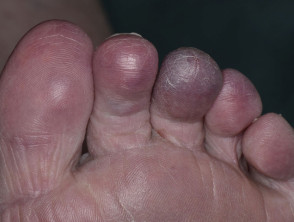
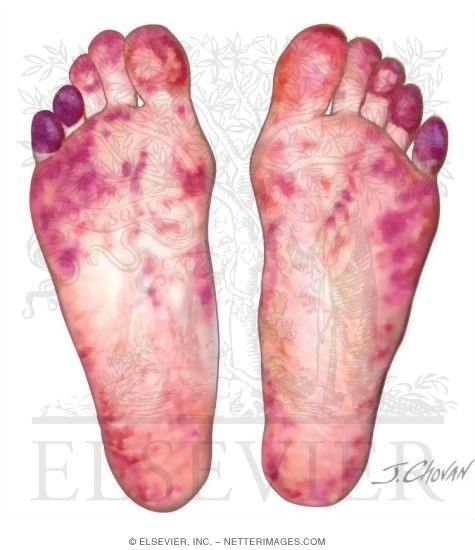

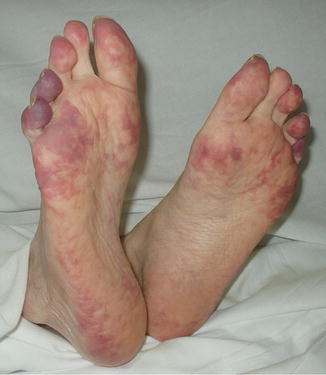
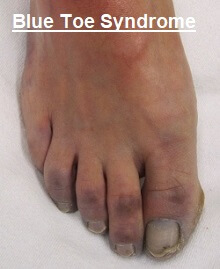

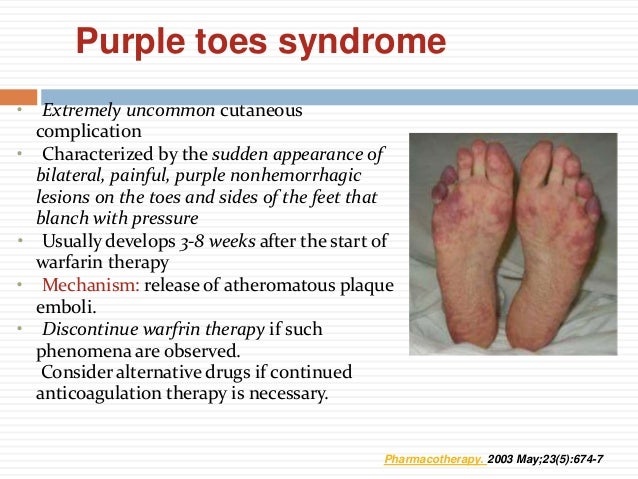

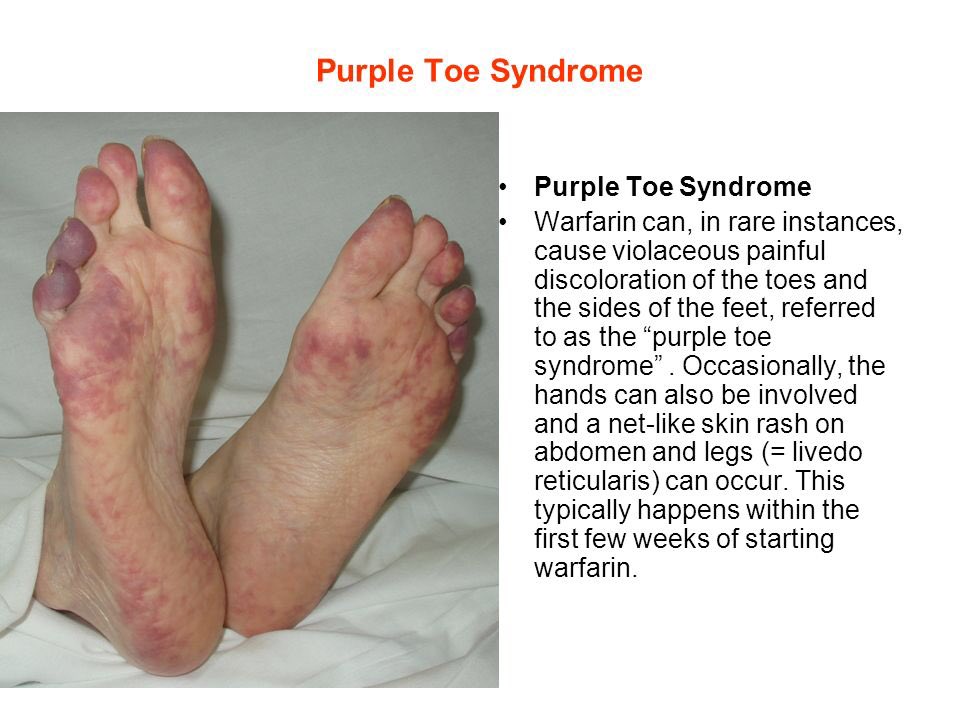



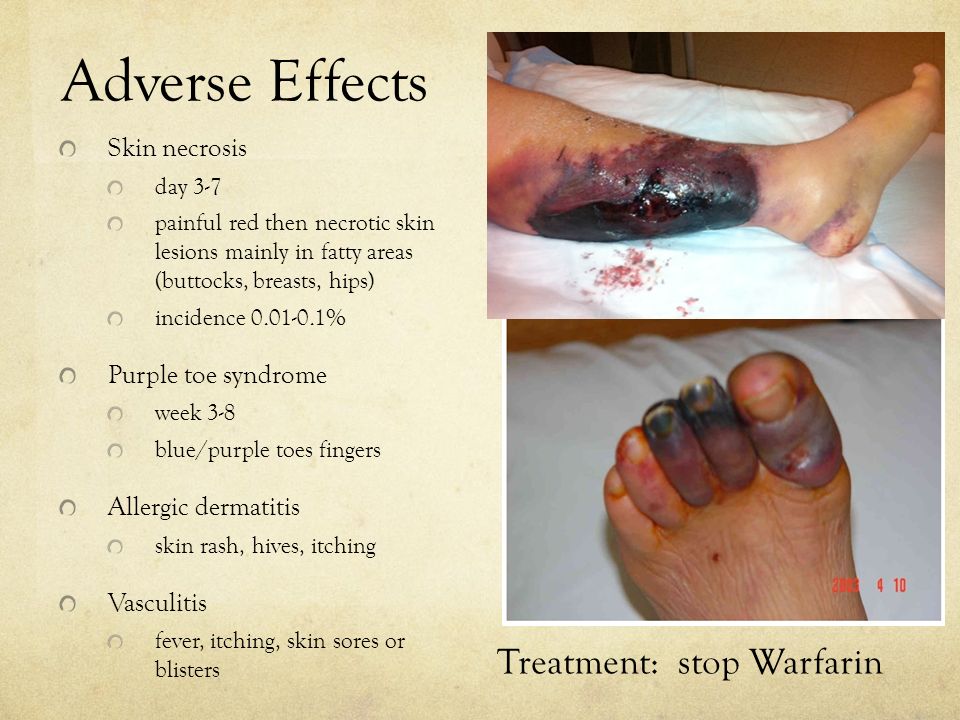

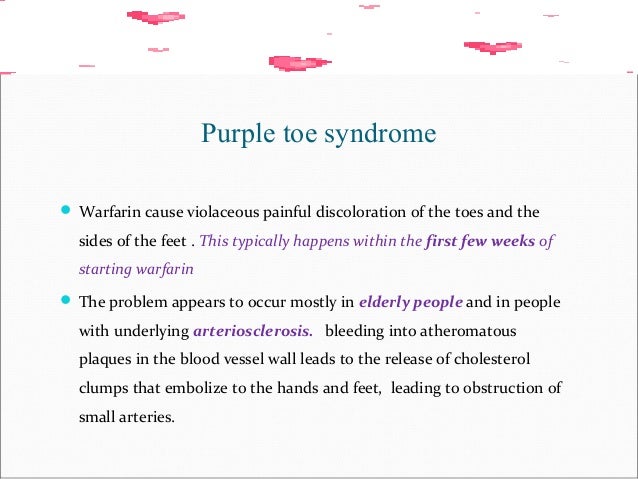


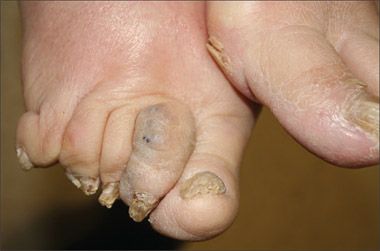


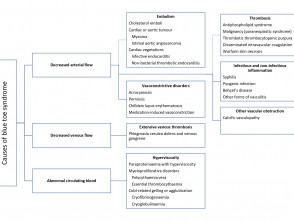


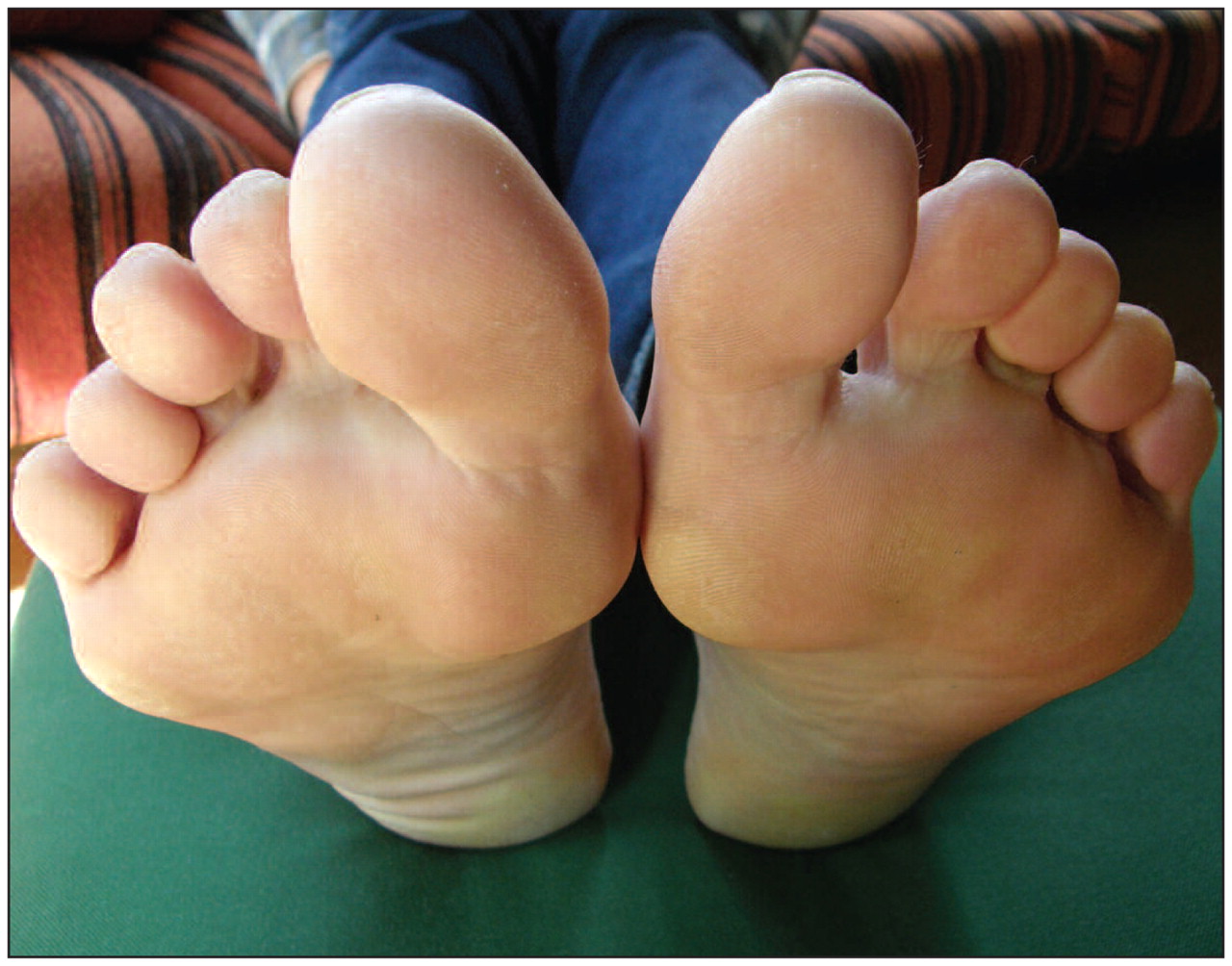




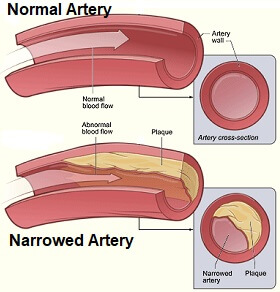
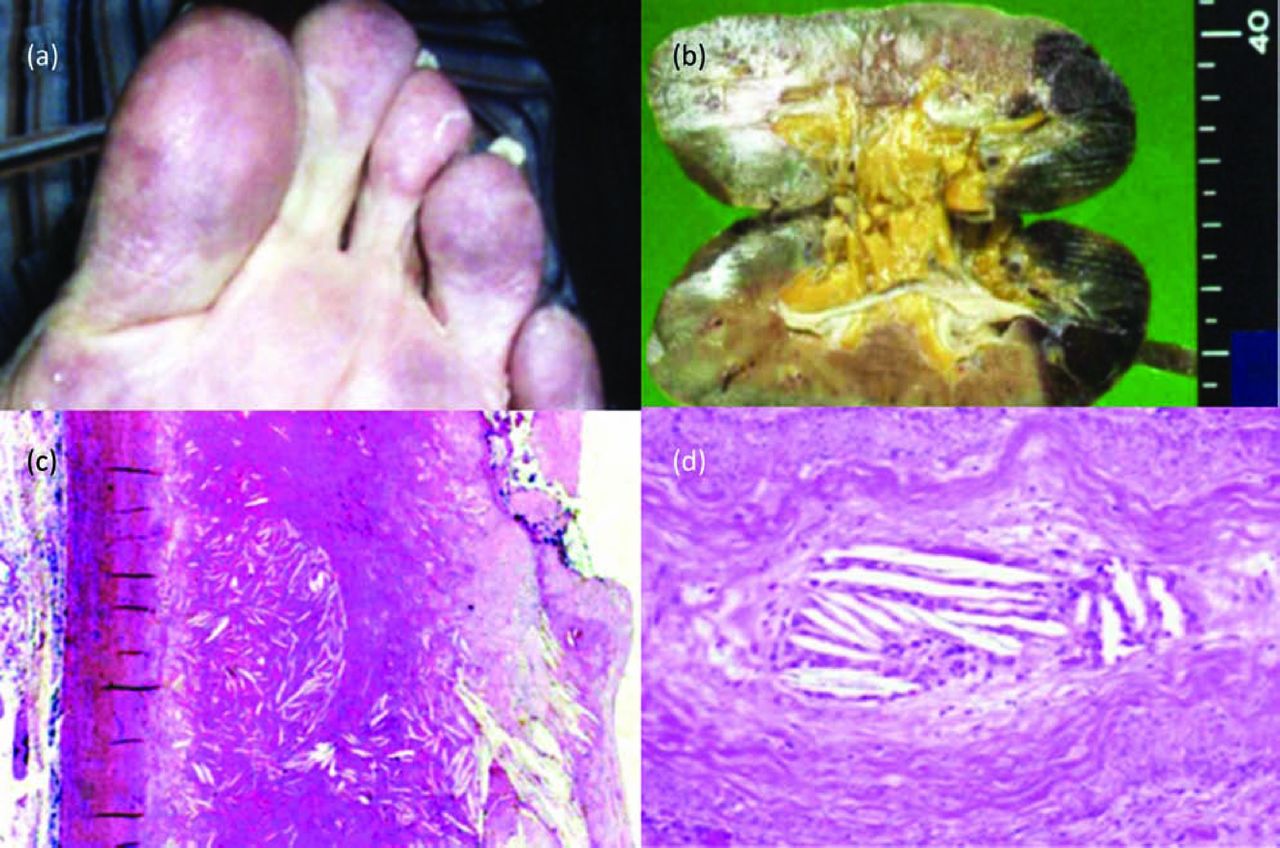
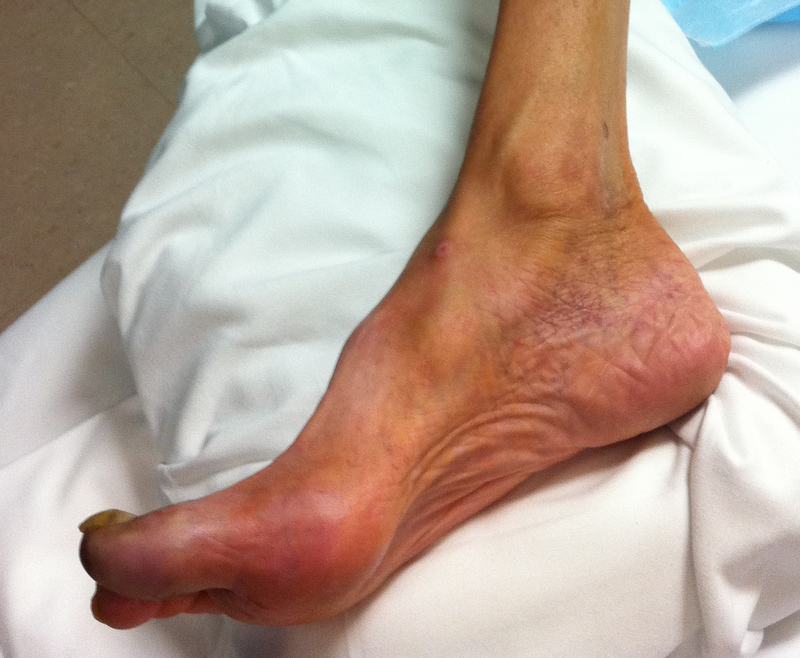

Post a Comment for "Warfarin Purple Toe Syndrome"